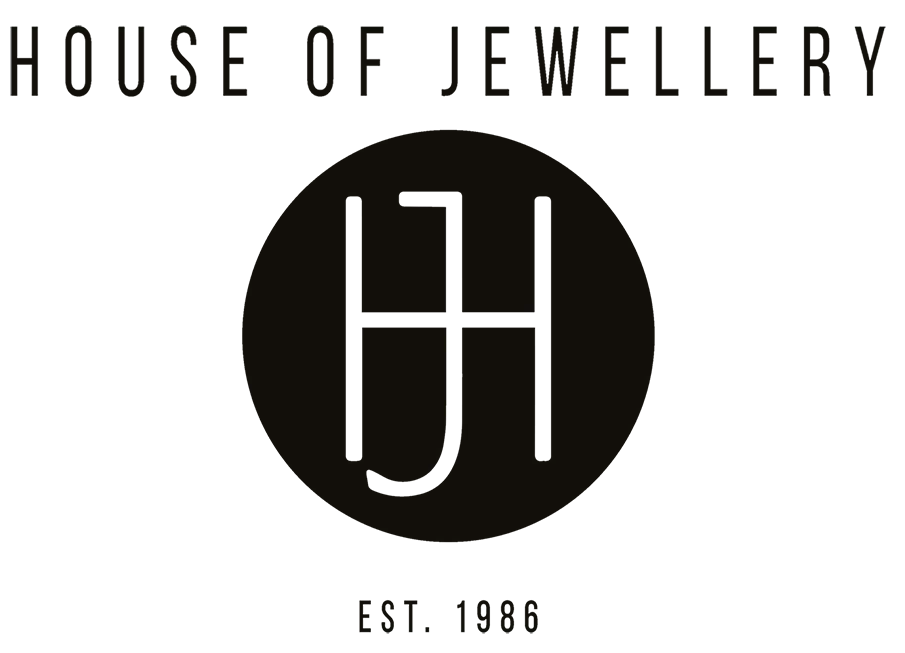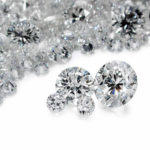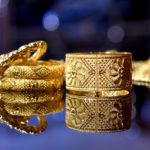Associating different symbols with personality traits isn’t anything new: horoscopes, colours, and the age-old cat vs. dog debate are all examples of this. The same goes for birthstones. While they’re a lot of fun to read about, they should be taken with a grain of salt. Think of it like you would the broken telephone game you’d play as a kid: when spread through enough people, words get jumbled and lost in translation. Here are all different kinds of birthstone and their meaning behind their colour.
The idea that stones reflect someone’s personality has been around for so long that many believe Assyrians to have come up with the idea. Over the years, stones and meanings have been changed, but overall there is a bit of a guide line many follow.
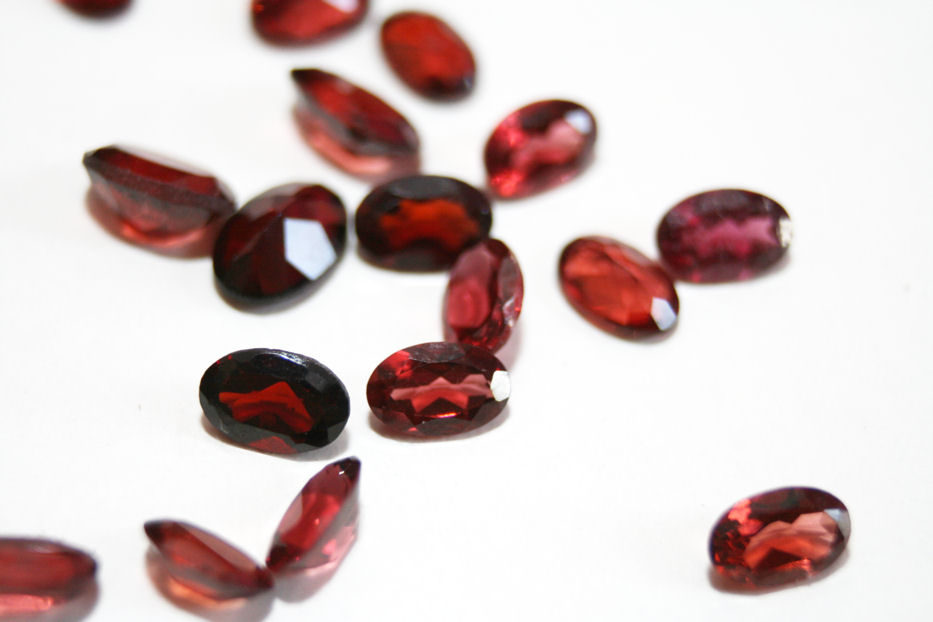
January Birthstone Meaning: Garnet
Unlike many other birthstones, garnet is actually a group of species rather than a strain. They can be found in all kinds of colours including pink, green, and the popular red. Garnet has been used by humans since the Bronze age, and used in jewellery and as an ingredient used to cut through steel.
The durable stone is said to bring peace, passion, and motivation to whoever wears it. It’s also believed to aid in good health.
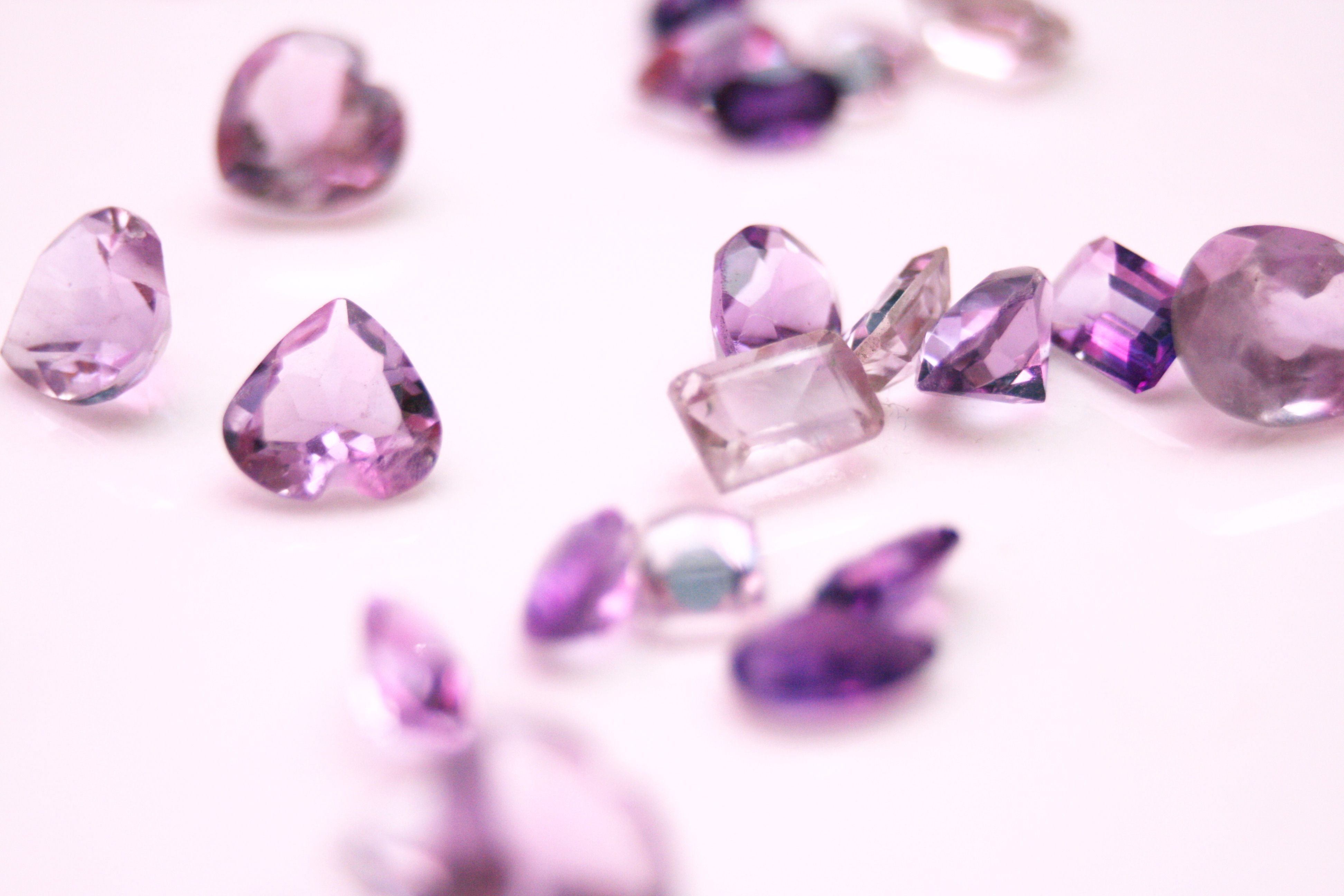
February: Amethyst
The purple colour and raw shape are some of the main reasons amythest is considered one of the most popular birthstones. Since ancient times, amethyst been used to decorate homes, worn as jewellery, and overall associated with luxury. This form of quartz is known to be fairly strong, making it a great fashion choice (even if you aren’t born in February).
Amethyst is said to have calming and balancing properties.
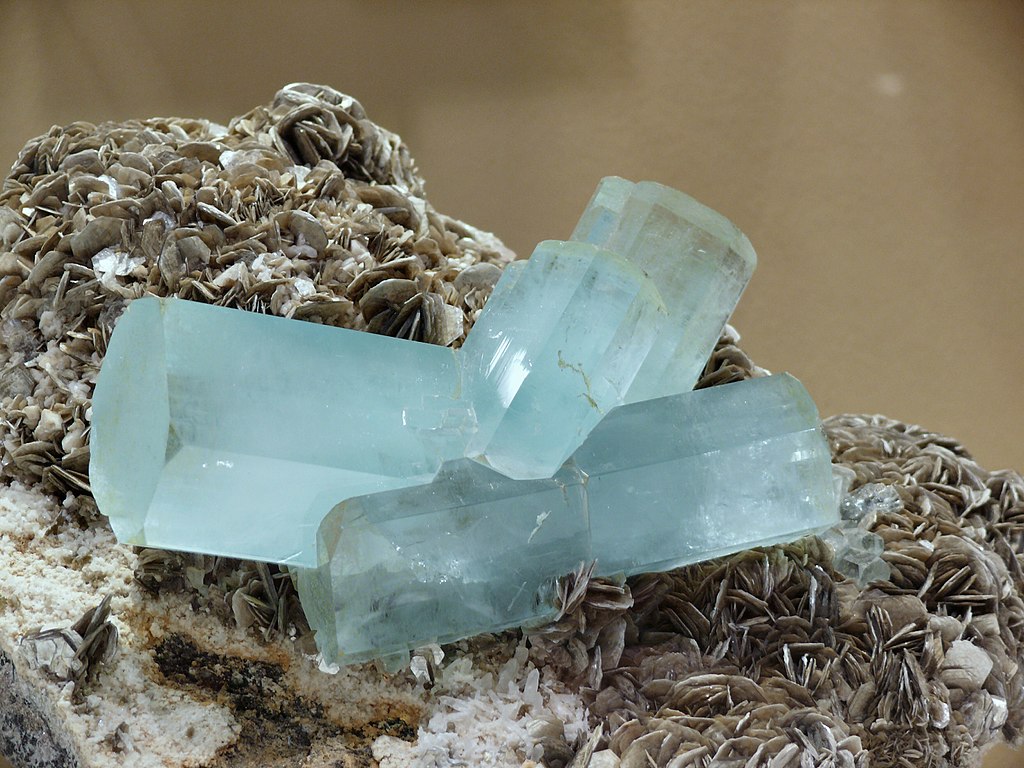
March Birthstone Meaning: Aquamarine
Aquamarine is said to help with courage and clearing minds. It makes sense considering the association with water. After all, aqua means water and marina means sea. It was believed aquamarine would keep sailors safe, and was even treasure that once belonged to mermaids.
Many claim this birthstone has calming powers.
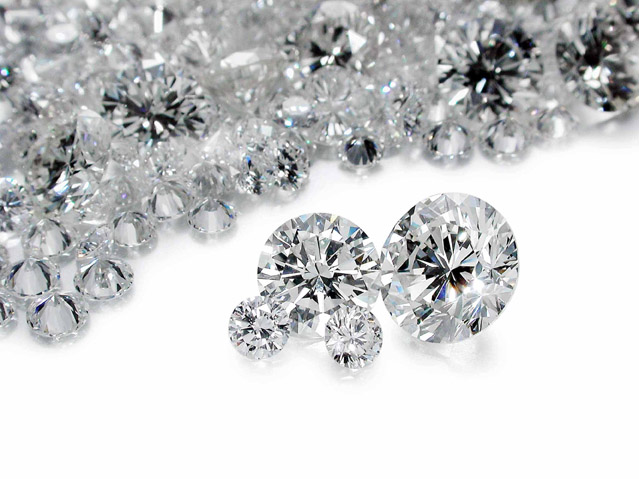
April: Diamond
For something so small, it sure has a huge meaning behind it. The word “diamond” comes from the Greek word “adamas,” which means invincible – and rightly so. It’s one of – if not the – strongest materials in the world. Diamonds have been around for 3,000 – 6,000 years and have been put on a pedestal ever since.
Besides being a girl’s best friend, diamonds have a huge reputation for strength and love – and fashion, of course.
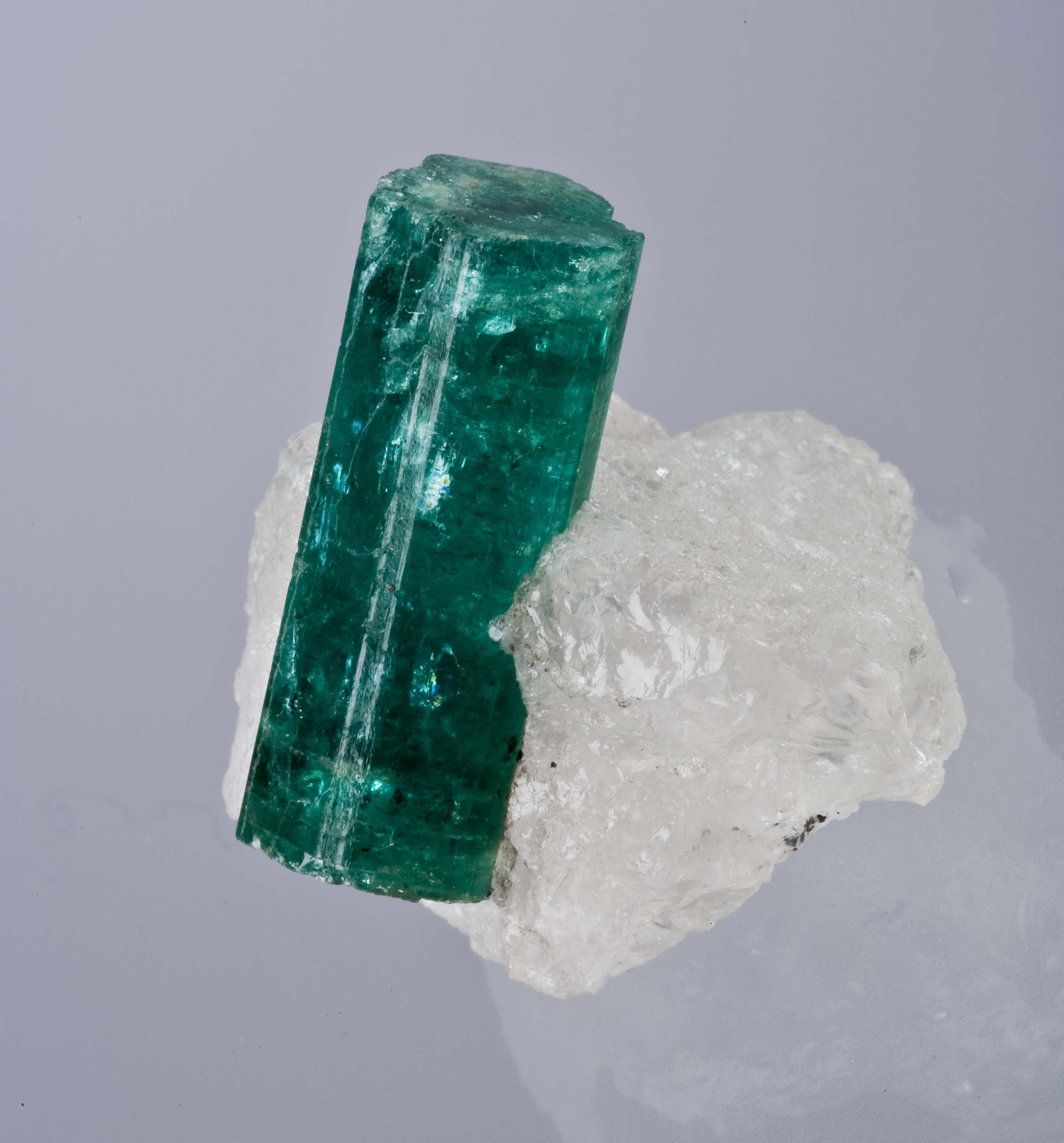
May Birthstone Meaning: Emerald
The emerald has been a favourable gem among powerful people for years. It‘s been linked to the likes of Nero and King Arthur, and referenced in scriptures like the Koran. Emeralds play an important role in fashion and are the source of many iconic pieces.
Depending on who you ask, emeralds have all kinds of meanings. Many say rebirth and good fortune, others mercy and compassion.
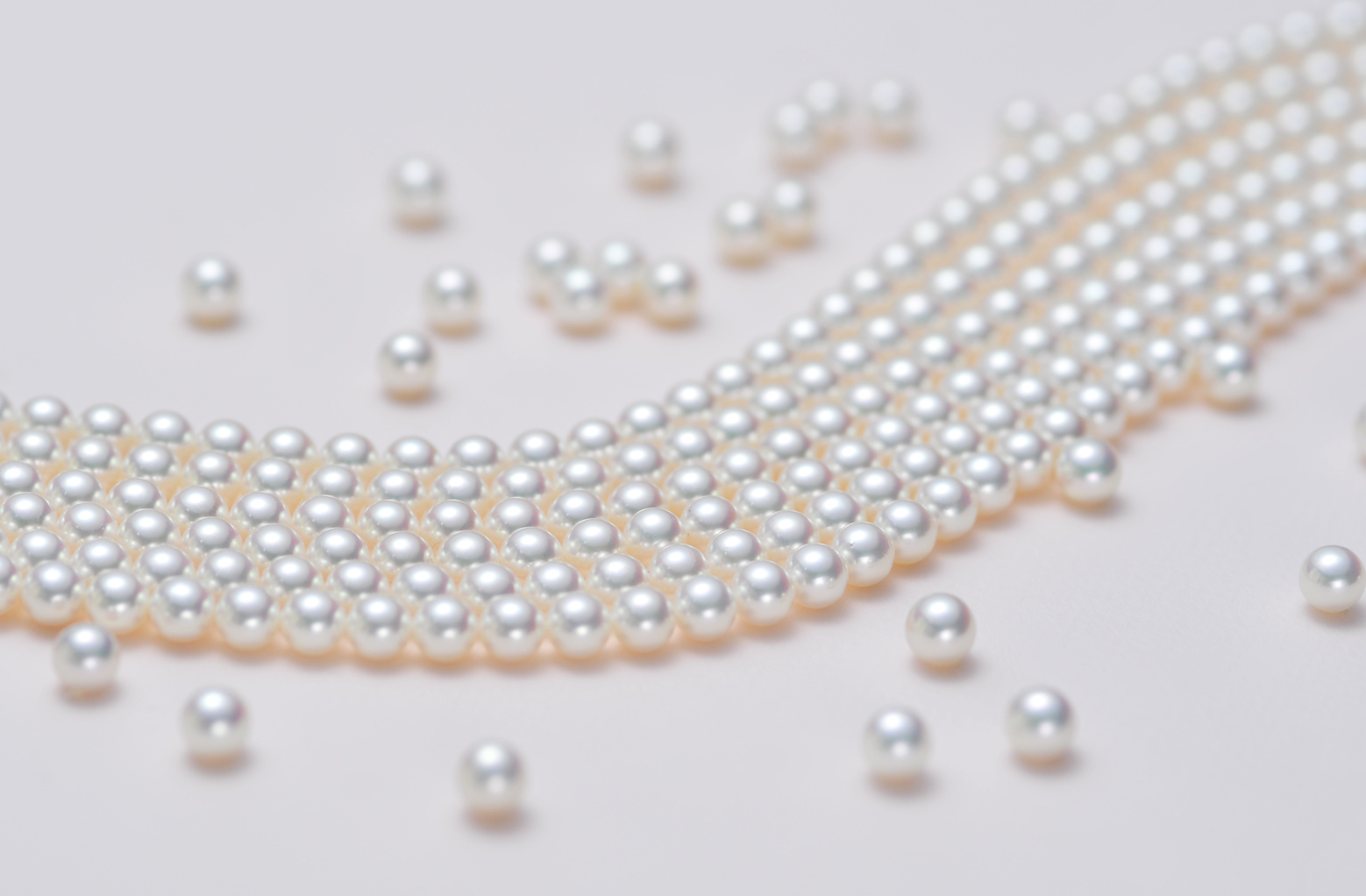
June: Pearl
Interestingly enough, pearls are the only precious gemstone to be made by a living organism. This may be one reason why it‘s considered to be so special. This birthstone is made up mostly of calcium carbonate and proteins. Natural pearls are very rare and usually fairly small, so people have found different methods to produce them at larger sizes.
Pearls represent faithfulness, friendship, and loyalty.
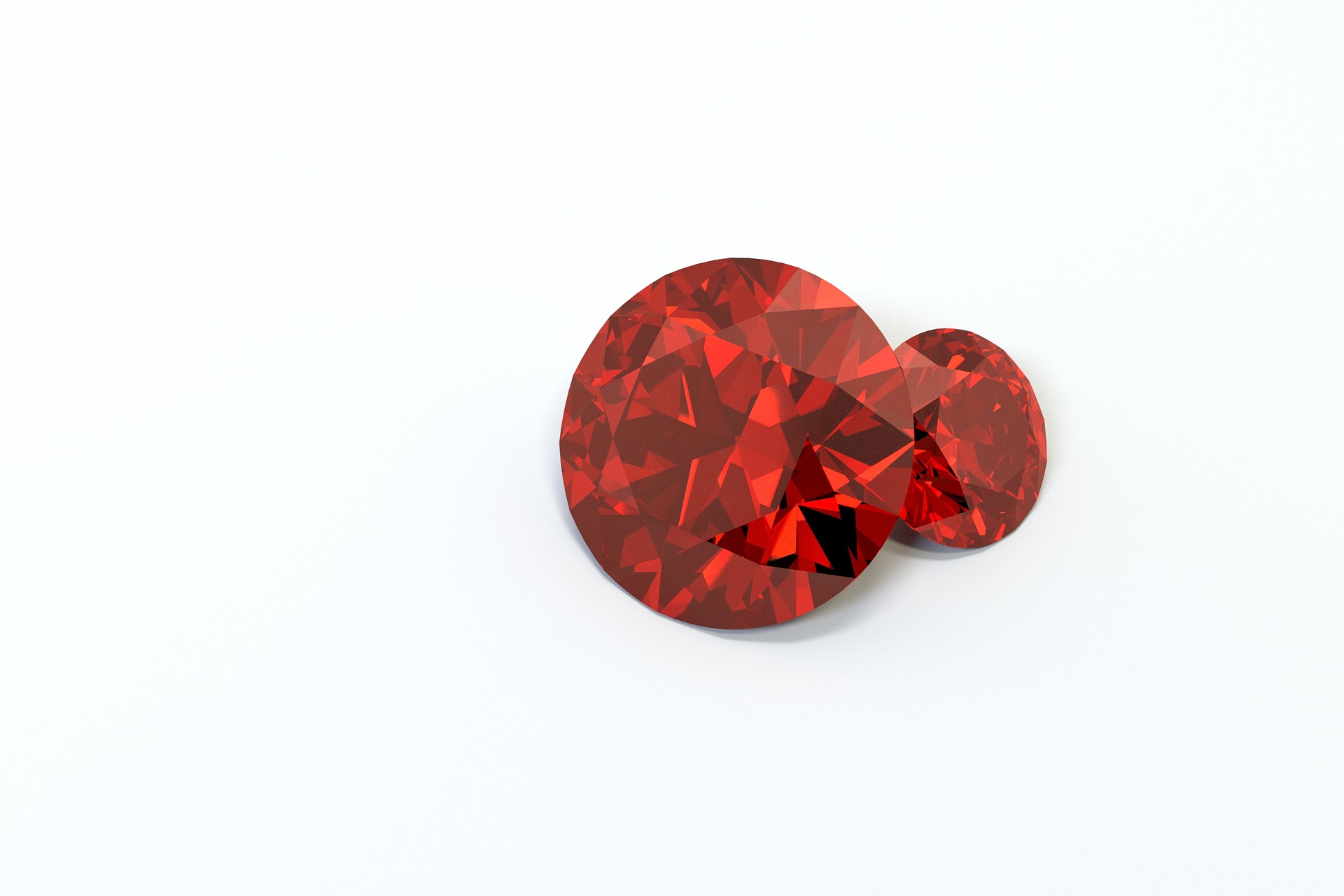
July: Ruby
Rubies have been popular for a long time and made into just about all kinds of jewellery. It‘s popular for its durability, rarity, and the deep red colour that everyone loves. What‘s not as commonly known is that because it‘s part of the corundom family, the ruby is technically a red sapphire.
This birthstone represents love, passion, and energy.
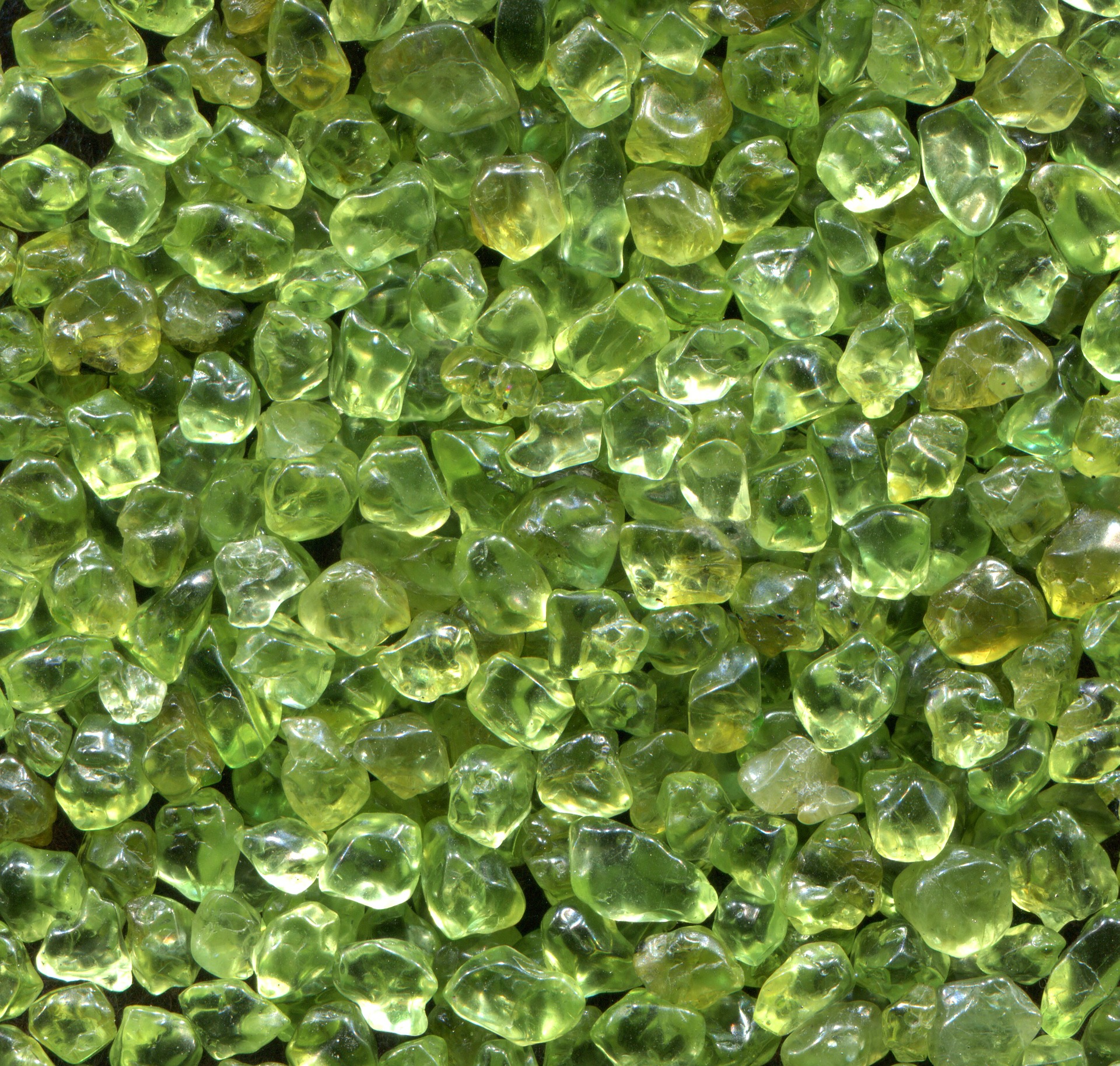
August: Peridot
Peridots are available in several different shades of green depending on the amount of iron in its structure. This is known to be one of the oldest birthstones, with accounts of mining at 1500 B.C. The formation of the peridot is very interesting: unlike most gems, peridot is formed in magma and brought to the surface by volcanic or tectonic activity.
Fame, dignity, and success are all thought to be linked to peridots.
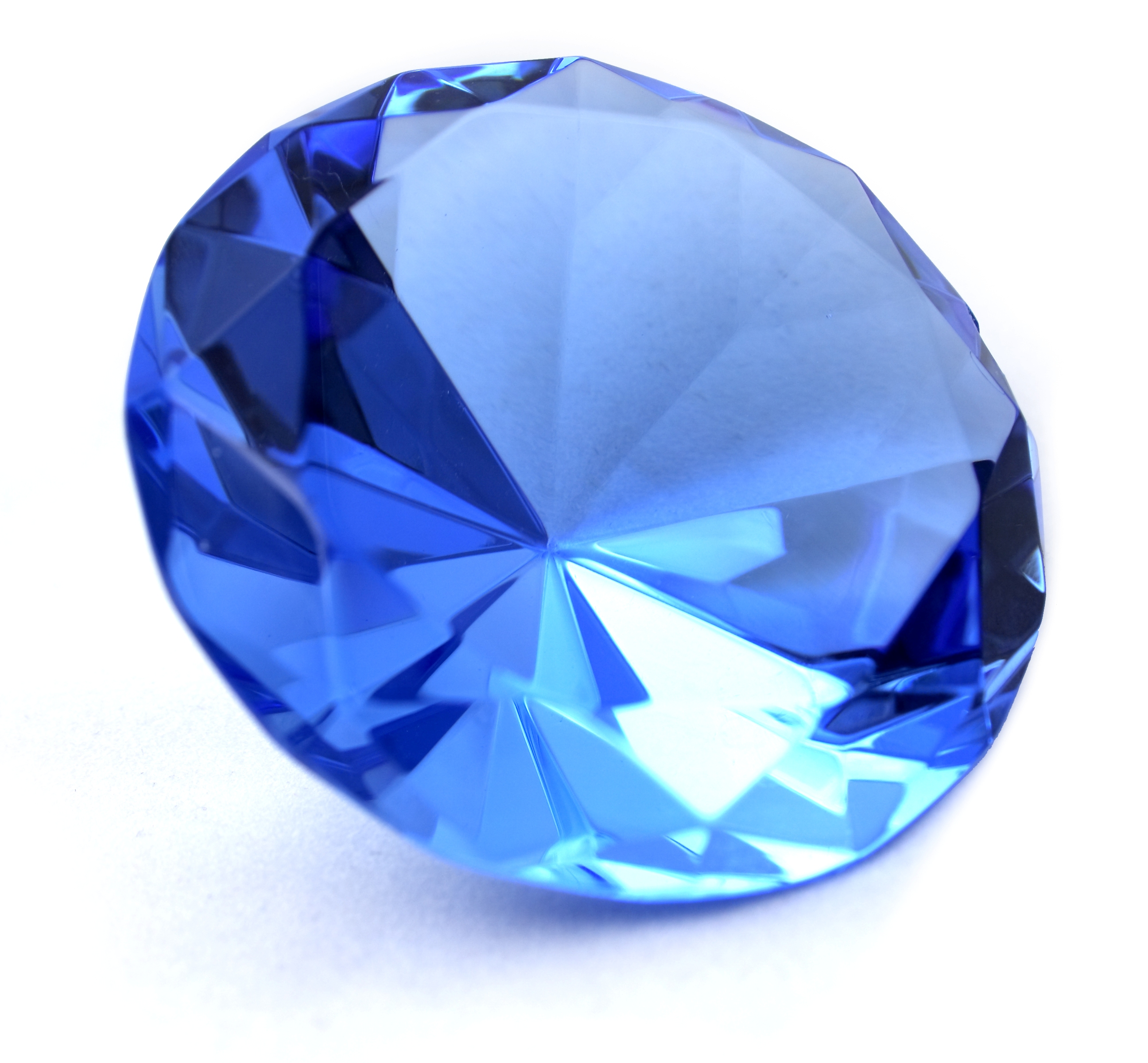
September: Sapphire
Compared to rubies, sapphires come in more than just one colour; they can be found in just about every other colour of the rainbow (of course, except for red). When it comes to appraising, the more saturated and deeper the colour, the better. Many associate this stone to royalty and is often linked to protection from poisons.
Sapphires are said to represent loyalty and integrity.

October: Opal
The etymology of the word opal is believed to be from the Greek word “opallios“ which means “to see a change of colour“, which is fitting considering its appearance. This birthstone is believed to get the unique colouring from rain seeping inside it and leaving behind the silica when the water it evaporates.
Opal is said to be the birthstone of good luck, hope, and confidence.

November: Citrine
Named after the French word for lemon, this yellow-orange gem is actually part of both the amethyst and quartz families. Sometimes Citrine can look similar enough to topaz that people often become mistaken. In ancient China, it was thought to be a powerful gem and was worn by emperors as a way to broaden their minds. In Medieval Europe, it was worn in talismans to keep people safe.
These days, citrine isn‘t seen in the same light, however, it is associated with energy, vitality, and wealth.
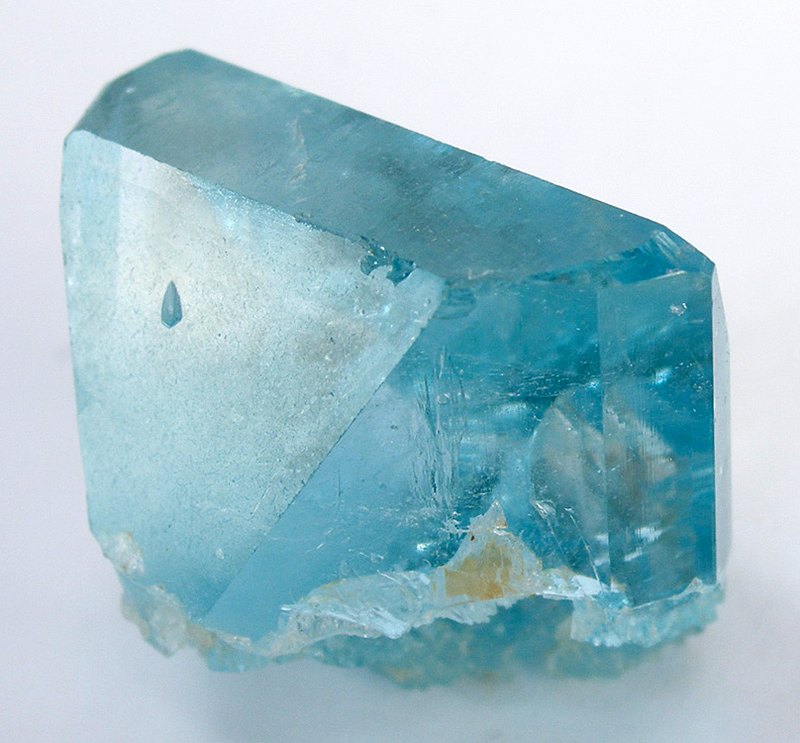
December: Topaz
Topaz is one of three birthstones for December, but it‘s still one of the more popular ones. Available in all kinds of colours, the red topaz is the most valuable of all because of its rarity. It‘s been used since ancient times for a variety of purposes. Depending on the country, it was used to cure physical ailments, worn for protection, or used to improve eyesight.
Topaz is associated with having a long life, wisdom, and knowledge.
